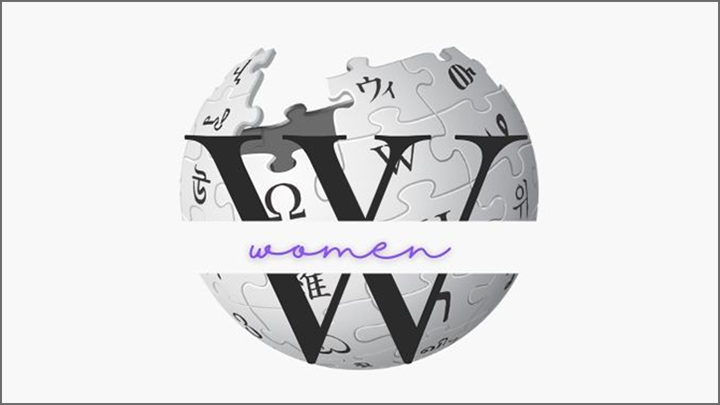Gender gap on Wikipedia
PRESS RELEASE

Some gender biases that stand out are shown in its content and its editorial participation. It has a low percentage of women’s biographies and an unequal representation in editing. Also, there are gaps in the gender representation regarding its content, biases in editing and participation, as well as imbalances in readership.

Some gender biases that stand out are shown in its content and its editorial participation. It has a low percentage of women’s biographies and an unequal representation in editing. Also, there are gaps in the gender representation regarding its content, biases in editing and participation, as well as imbalances in readership.
These are the main conclusions of a study published in the journal Profesional de la Información, which has undergone a bibliographic analysis of Wikipedia from 2007 to 2022. The study was carried out by Núria Ferran and Juan José Boté, lecturers at the Faculty of Information and Audiovisual Media of the University of Barcelona, And Julià Minguillon, lecturer of Computer Science, Multimedia and Telecommunications at the Universitat Oberta de Catalunya (UOC).
The study is part of the Women and Wikipedia: Analysis of the Gender Gap in the Co-Production of Knowledge in the Wikipedias of Spain (W&W) project, and it is funded by the I&D&R National plan of the Spanish Ministry of Science, Innovation and Universities and the Spanish State Research Agency (AEI).
Núria Ferran, principal researcher of the project, says there are three lines of work in the literature that has studied the phenomenon for fifteen years and that explains this gender gap on Wikipedia: “We called one of the lines ‘women’s problem’, in which the stereotypical characteristics of women are blamed when it comes to participating in the public sphere. The other line is ‘the mirror effect’, in which Wikipedia is blamed for the gap, as it simply reflects the existing bias in society due to its principle of encouraging all content in external information funds. And finally, with the position we identify with in our project, there is the systemic problem line, identified by Heather Ford and Judith Wajcman, in which they blame the original community, rooted in the encyclopaedic and open culture, which may hide an exclusionary practice”.
The descriptive analysis of the study examines the authorship of the articles, the involved academic disciplines, the institutional affiliations and the location of the research staff involved in the studies. It also analyses the approach of the articles, and analyses chronologically the production of the documents. The content analysis of the articles reveals academic findings in three main areas: gender bias in content, in edition and contribution, and in the number of readers.
The article provides a detailed view of the gender gap on Wikipedia and it stresses the importance of addressing this problem to guarantee a more equal and diverse platform. It presents strategies to address this issue, with special emphasis on improving the visibility of women editors, promoting constructive comments and a more inclusive community.
Ferran believes that “the solution is found by approaching the phenomenon as a systemic problem. Therefore, we need to bring long-term strategic solutions. We need to diversify contributions and admit that the hierarchical collaborative model on Wikipedia reinforces the dominant voices, leaving out the non-dominant ones”. “If Wikipedia does not change its culture of knowledge of co-production — the expert continues —, women and other minority groups will remain on the margin. Therefore, the aim is not only to reduce the bias by increasing content on women, but also making Wikipedia a more robust, reliable and transparent platform to co-produce knowledge. This holistic approach is essential for a lasting change”.
References
Contact
Institutional Communication
